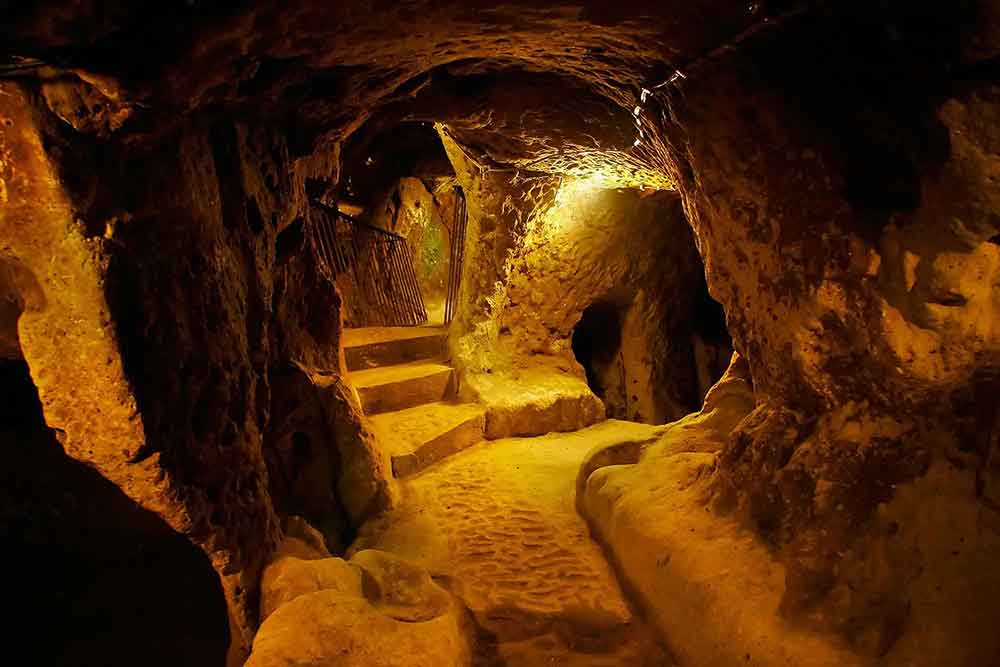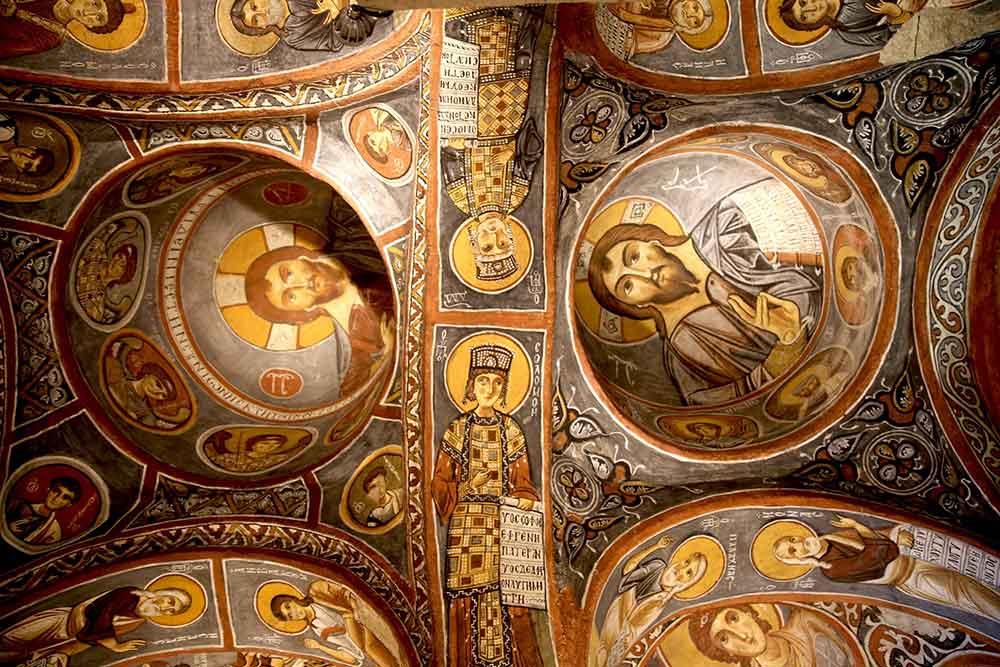History of Cappadocia

Pre-Christian Cappadocia History
Located in the heart of modern-day Turkey, Cappadocia stands as a fascinating region with a history as diverse as its surreal landscapes. While its Christian heritage often attracts attention, the historical fabric of Cappadocia extends far beyond the arrival of Christianity. To truly understand the mysterious charm of Cappadocia, it is crucial to delve into its pre-Christian history, which laid the foundations of the remarkable civilization that flourished in this ancient land.
Hittite Empire: Ancient Settlers of Cappadocia
The history of Cappadocia dates back to ancient times, when the Hittites lived, one of the most influential civilizations of the Late Bronze Age. Around the 2nd millennium BC, the Hittite Empire established its presence in Cappadocia, creating a civilization that flourished for centuries. Their advanced societies left a lasting impact on the region, and remnants of their architectural achievements can be found in Cappadocia today.
Known for their military prowess and diplomatic skills, the Hittites built impressive castles, palaces and temples that showcased their architectural genius. The strategic location of their civilization allowed them to establish trade routes connecting east and west, facilitating cultural exchange and economic prosperity in the region.
Cappadocia in the Shadow of Empires
Following the collapse of the Hittite Empire, Cappadocia became a hotly contested region that witnessed the rise and fall of various ancient empires. The Assyrians, Persians, and Greeks successively exerted their influence and control over the region.
During the Hellenistic period, Cappadocia gained importance under the rule of the Persian Achaemenid Empire. The region experienced a thriving cultural exchange as Greek influence seeped into local traditions and lifestyle. The Hellenistic period left its mark on Cappadocia and shaped its architecture, art and language.
Rocky Cities and Indigenous Peoples

In addition to the imperial powers that ruled Cappadocia, the region was also home to indigenous peoples living in rugged terrain. These local people, often referred to as “Cappadocians”, have left their mark on the history and culture of the region.
One of the remarkable features of pre-Christian Cappadocia is its unique rock-carved cities. Taking advantage of soft volcanic rock formations, indigenous people carved out entire underground complexes, including dwellings, granaries, and places of worship. These underground cities provided protection against invaders and harsh weather conditions.
Underground Mysteries of Cappadocia
The underground cities of Cappadocia remain a testament to the resourcefulness and ingenuity of the ancient inhabitants. Derinkuyu and Kaymaklı, the most famous underground cities, extend several layers deep, revealing a labyrinth network of tunnels, rooms and ventilation shafts. These underground shelters served not only as shelter but also as common areas for daily life and religious practices.
Exploring these hidden underground worlds offers a glimpse into the daily lives and social structures of pre-Christian Cappadocians. The complex infrastructure and engineering skill required to create such cities continues to fascinate archaeologists and historians, shedding light on the resilience and adaptability of ancient inhabitants.
Underground Cities of Cappadocia as Christian Shelters
One of the most unique aspects of Cappadocia's Christian history is hidden beneath its surface. The region is famous for its network of underground cities that served as refuges for early Christians seeking refuge from persecution. These underground complexes, carved into soft volcanic rock, provided security and protection for local Christian communities.
The most famous of these underground cities is Derinkuyu, which extends approximately eight stories deep and houses thousands of people. These cities were masterfully designed with ventilation shafts, wells, living spaces and even churches. They allowed Christians to practice their faith discreetly in times of religious oppression.
The Lasting Heritage of Cappadocia
Cappadocia's importance in Christian history extends beyond its early years. The region remained a bastion of Christianity even during times of political and religious upheaval. Despite facing numerous invasions and conflicts, Cappadocian Christians persevered and continued to live their faith.
However, Cappadocia's Christian heritage began to decline with the arrival of the Seljuk Turks in the 11th century. The region gradually transitioned to a predominantly Islamic society, leading to the decline of Christian communities. Yet echoes of Cappadocia's Christian past can still be found in its ancient churches, monasteries and memories passed down through generations.
Cappadocia's mysterious history dates back to ancient civilizations that once flourished in its rugged landscapes. His Christian heritage, rooted in the missionary journeys of the Apostle Paul and the influential Cappadocian Fathers, adds a fascinating layer to his story. Underground cities and cave churches testify to the resilience and devotion of the early Christians in the face of persecution. Cappadocia stands as a testament to the enduring legacy of Christianity and continues to attract visitors from around the world who seek to unravel its secrets and delve into its deep history.
SOURCE:
https://tr.wikipedia.org/wiki/Kapadokya
https://tanitma.ktb.gov.tr/TR-22783/kapadokya.html
https://voyelo.com/tr/kapadokyanin-tarihi/
https://kapadokyadaturlar.com/kapadokya-tarihi-hakkinda/
https://www.cappadociapage.com/kapadokya-tarihi/








































